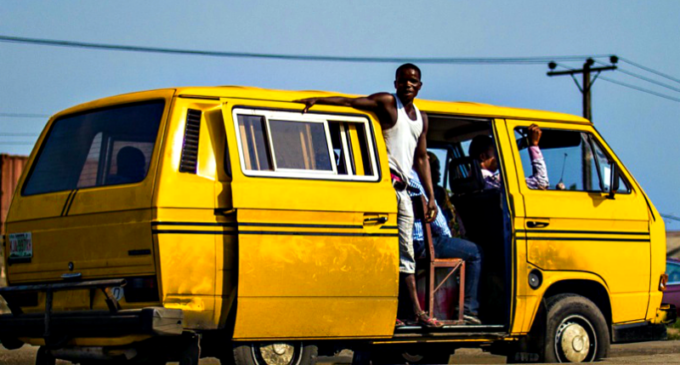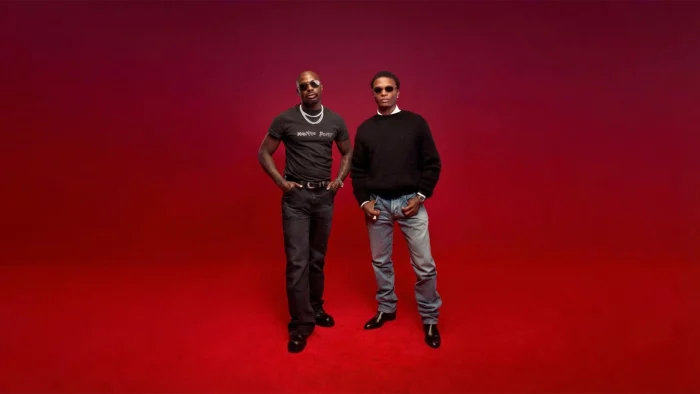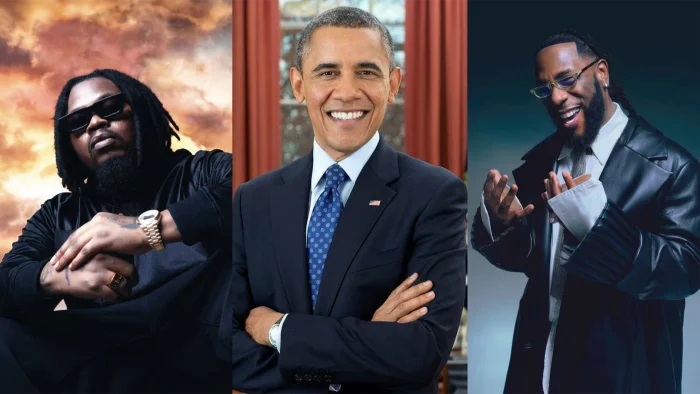
Either shown through pasted religious sayings such as, ‘No King as God’, with its often untidy look or the funny-meets-hustling atmosphere this presents, the renowned Lagos commercial shuttle called Danfo stands as the staple for the present realities of the Nigerian populace.
Evolving from the crumbling giant called the Molue, the yellow ascribed to Danfo buses have since been dubbed the exclusive commercial automobile for Lagosians, especially for Nigerians that fall under the middle and lower classes.
Danfo buses also stand as a dilapidated paradox in the seemingly striving cosmopolitan city of Lagos through its mostly rickety physical state operating in the most commercially viable state in Nigeria.
[ad]
Made out of Volkswagen vans, Danfo buses are often operated by a driver and a conductor, which are usually males. The reason behind the emphasis on patriarchy or male dominance in Danfo buses operation is the result of the often-encountered challenge of riffraff, who do not want to pay their fare. Hence, the conductor or driver either uses the strength entrenched in their tone or physical appearance to demand the fare from passengers. Oftentimes, the passenger-conductor relationship often results in blows being thrown either because of rudeness from one or both of the parties in question.
Also, Danfo buses emphasise the reality of Nigeria through their depiction of class division. The class division could easily be found in the way the upper class is exempted from using commercial buses. Rather, Nigerians usually employ Danfo buses from the lower class and sometimes by also the middle class. Ironically, the drivers and conductors that operate the buses are usually from the lower class, thereby, rendering the bus an avenue where each member of the public feels comfortable chatting with each other.
Moreover, the buses often stand as a den for the malpractices entrenched in law enforcement in Lagos, as shown by the culture of bribery and corruption that exists between the drivers and the Lagos police officers. It is not unfamiliar to see LAWSMA officers and police officers, irrespective of their gender, demand bribes from the operators of buses. Indeed, the bribes imposed on these buses have gradually become the constant culture that depicts the rampant state of corruption in Nigerian society.
Apart from the bribe demanded by law enforcement agents, hoodlums from certain parts of Lagos tend to harass operators, calling the bribe, owo omo oni le, a Yoruba statement roughly translated to means “the money collected by the children of this land.”
No wonder majority of Danfo bus operators often appear aggressive on first sight and are ready to become violent whenever any of the passengers refuse to pay their fare.
Apart from being the den of malpractices, the buses also operate a unique culture that differentiates them from other commercial transports: For instance, commercial Lagos transport often engages in the custom of marrying two passengers together, irrespective of their gender! The marriage is that of convenience, mostly, those of Danfo bus operators, when both the driver and the conductor are unable to give the balance of the payment of the bus.
To prevent short-changing of passengers involved, the conductor or driver usually marries or joins two passengers (sometimes, even three passengers) together to prevent wasting time at the bus stop, thereby, avoiding subsequent complaints from other passengers in the bus.
Apart from marriage, the buses also operate a humour-meets-hustling atmosphere in which the passengers often rush to embark on the bus, especially in the morning or as a result of heavy traffic. The passengers that rush to enter the buses range from bank workers, and factory workers, to cleaners and mechanics with various degrees of clothing. While on the bus, passengers often meet funny-go-lucky conductors who usually tell jokes or create banter with the driver, as a means of alleviating the boredom or stress present on the bus.
In conclusion, the buses stand as a lookalike of the multiple realities embedded in Lagos, Nigeria through their depiction of class division, physical appearance, the culture of corruption, and unique customs. Indeed, the Lagos yellow transit buses called Danfos have since stood as a cultural artefact that depicts the present economic and social status of Nigeria to the rest of the world.
[ad unit=2]








